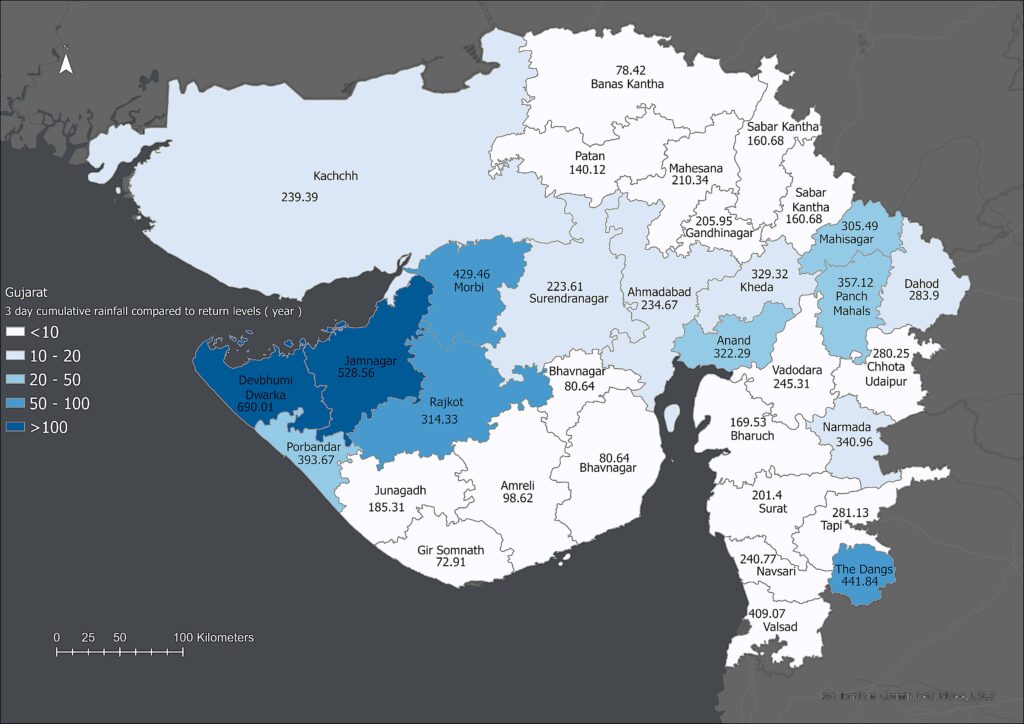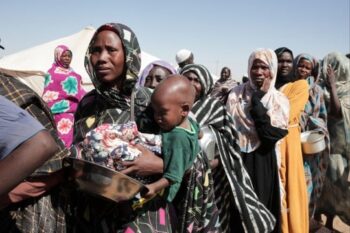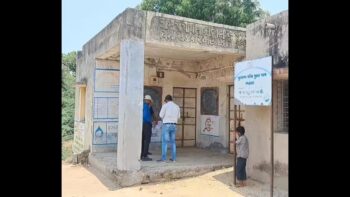Unusual Rainfall in Gujarat Sparks Concerns Over Urban Flooding and Infrastructure Resilience

Gandhinagar: Between August 20 and August 29, Gujarat was inundated by heavy rainfall, resulting from Cyclone Asna, the latest in a series of unusual weather events along India’s western coast. Following Cyclone Biparjoy in 2023, Asna has drawn attention to the growing frequency of severe weather in the region. However, experts caution that it’s premature to directly attribute these events to climate change without a thorough statistical and dynamical investigation.
An analysis of maximum rainfall during this period, conducted by researchers at the Machine Intelligence and Resilience Laboratory (MIR Lab) at the Indian Institute of Technology Gandhinagar, revealed that twelve of Gujarat’s 33 districts experienced one-day rainfall totals that exceeded the 10-year return period—a statistical measure indicating the average interval between such intense events. Most notably, Morbi and Dwarka recorded rainfall levels that surpassed their 50-year (with exceedance of 100-year for Dwarka) return thresholds, marking an intensity of rainfall that typically occurs only once in half a century.
The situation became even more critical over two-day periods, with 17 districts exceeding the 10-year return period, including Jamnagar, Morbi, and Devbhumi Dwarka, where rainfall surpassed 50-year return levels. Additionally, fifteen districts recorded three-day rainfall totals exceeding the 10-year return period, with Jamnagar, Morbi, Devbhumi Dwarka, and Rajkot all experiencing levels above their 50-year thresholds. In particular, Jamnagar and Dwarka saw three-day rainfall totals that even exceeded their expected return levels, emphasizing the prolonged and intense nature of the event.
This situation is a classic example of concurrent extreme events, where multiple regions experience severe weather simultaneously. Such concurrence complicates emergency response and evacuation efforts as resources become stretched across multiple affected areas. The overlapping demands for rescue, relief, and evacuation operations can overwhelm emergency services, making it more challenging to respond effectively and efficiently to the needs of those impacted by the floods. This underscores the need for robust and scalable emergency response strategies that can handle the complexities of concurrent extreme events.
While these figures are striking, they should be interpreted with caution. “The granularity of the available data may not fully capture the nuances of urban flooding, which often results from short-duration, high-intensity rainfalls that overwhelm city drainage systems,” explains Udit Bhatia, Assistant Professor in Civil Engineering and Computer Science & Engineering at IIT Gandhinagar and Principal Investigator of the MIR Lab, who works on the resilience of urban systems to extreme events. Bhatia further notes, “When rainfall persists for longer durations, the soil becomes saturated during the initial spells, and subsequent rainfall is more likely to contribute directly to surface runoff. This runoff exacerbates flooding, especially when drainage systems are either incapacitated or unhealthy.”
For example, in Vadodara, which experienced severe urban flooding during this period, the three-day rainfall corresponded to a return period of less than 10 years. This suggests that the heavy rain was not unprecedented in magnitude. However, the flooding was likely exacerbated by extensive urban development in flood-prone areas, altered elevations, and drainage patterns compromised due to rapid urbanization and clogged drainage systems.
The recurrence of these unusual weather events along the western coast of India highlights the urgent need to reassess urban planning and infrastructure resilience. As rapid urbanization continues to modify regional and local hydrology, placing greater strain on drainage systems, it is crucial to keep hydrology at the core of urban development strategies. Addressing these challenges is essential to mitigating the risks associated with increasingly frequent and severe weather events, ensuring that cities are better equipped to handle the impacts of future storms.
Vanajakshi.B.H, Media & Public communication officer, IITGN, Gandhinagar at 8951617669 or [email protected]
Disclaimer: The views expressed above are the author’s own. They do not necessarily reflect the views of Western Times.




